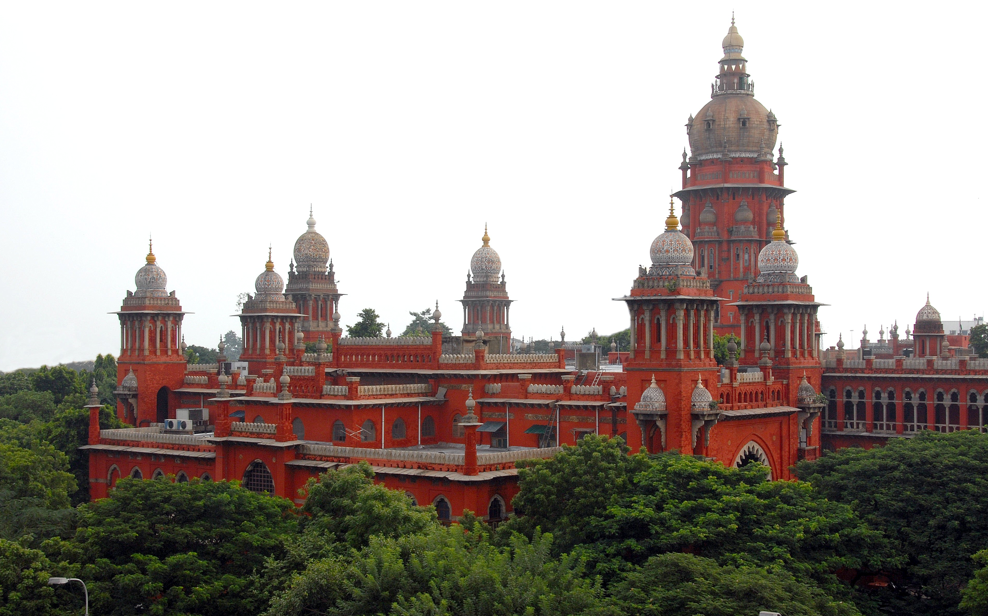A High Court is also a constitutional Court. It is well settled that it is not judicially subordinate to Supreme Court. In the case of Tirupati Balaji Developers (P) Ltd. & Ors. v. State of Bihar & Ors.[1], Supreme Court has explained the position of the High Courts vis-à-vis Supreme Court.
In paragraph 8, Supreme Court observed thus:
“8. Under the constitutional scheme as framed for the judiciary, the Supreme Court and the High Courts, both are courts of record. The High Court is not a court “subordinate” to the Supreme Court.
In a way the canvas of judicial powers vesting in the High Court is wider inasmuch as it has jurisdiction to issue all prerogative writs conferred by Article 226 of the Constitution for the enforcement of any of the rights conferred by Part III of the Constitution and for any other purpose while the original jurisdiction of the Supreme Court to issue prerogative writs remains confined to the enforcement of fundamental rights and to deal with some such matters, such as Presidential elections or inter-State disputes which the Constitution does not envisage being heard and determined by High Courts.
The High Court exercises power of superintendence under Article 227 of the Constitution over all subordinate courts and tribunals; the Supreme Court has not been conferred with any power of superintendence. If the Supreme Court and the High Courts both were to be thought of as brothers in the administration of justice, the High Court has larger jurisdiction but the Supreme Court still remains the elder brother.
There are a few provisions which give an edge, and assign a superior place in the hierarchy, to the Supreme Court over High Courts. So far as the appellate jurisdiction is concerned, in all civil and criminal matters, the Supreme Court is the highest and the ultimate court of appeal. It is the final interpreter of the law.
Under Article 139-A, the Supreme Court may transfer any case pending before one High Court to another High Court or may withdraw the case to itself. Under Article 141 the law declared by the Supreme Court shall be binding on all courts, including High Courts, within the territory of India. Under Article 144 all authorities, civil and judicial, in the territory of India — and that would include High Courts as well — shall act in aid of the Supreme Court.”
A High Court is constitutionally independent of the Supreme Court of India and is not subordinate to Supreme Court. Supreme Court has dealt with the issue of jurisdiction of the High Courts in the case of L. Chandra Kumar v. Union of India & Ors[2].
The relevant part of paragraph 78 and paragraph 79 read thus:
“78. .. .. .. .. .. .. .. .. .. .. .. .. .. .. .. .. .. .. .. .. ..
We, therefore, hold that the power of judicial review over legislative action vested in the High Courts under Article 226 and in Supreme Court under Article 32 of the Constitution is an integral and essential feature of the Constitution, constituting part of its basic structure. Ordinarily, therefore, the power of High Courts and the Supreme Court to test the constitutional validity of legislations can never be ousted or excluded.
79. We also hold that the power vested in the High Courts to exercise judicial superintendence over the decisions of all courts and tribunals within their respective jurisdictions is also part of the basic structure of the Constitution. This is because a situation where the High Courts are divested of all other judicial functions apart from that of constitutional interpretation, is equally to be avoided.”
The power of the High Court under Article 227 of the Constitution to have judicial superintendence over all the Courts within its jurisdiction will include the power to stay the proceedings before such Courts. By a blanket direction in the exercise of power under Article 142 of the Constitution of India, Supreme Court cannot interfere with the jurisdiction conferred on the High Court of granting interim relief by limiting its jurisdiction to pass interim orders valid only for six months at a time.
Putting such constraints on the power of the High Court will also amount to making a dent on the jurisdiction of the High Courts under Article 226 of the Constitution, which is an essential feature that forms part of the basic structure of the Constitution.
[1] (2004) 5 SCC 1
[2] (1997) 3 SCC 261
